Akihiro Hino, CEO and president of Ni no Kuni and Professor Layton series developer Level-5, recently spoke about the growing presence of generative AI in game development – suggesting that around 80 to 90% of codes are written using AI tools.
As Famitsu reports, new participants of Top Game Creators Academy (TGCA), a program created by Japan’s CESA (Computer Entertainment Supplier’s Association) in collaboration with government-associated organizations in order to raise a new generation of young developers, were welcomed by Hino, who also serves as the principal of TGCA. In his speech, he pointed out that, with generative AI becoming so common in game development, having “a sense for aesthetics” will be of key importance for young developers to break through in the global market.
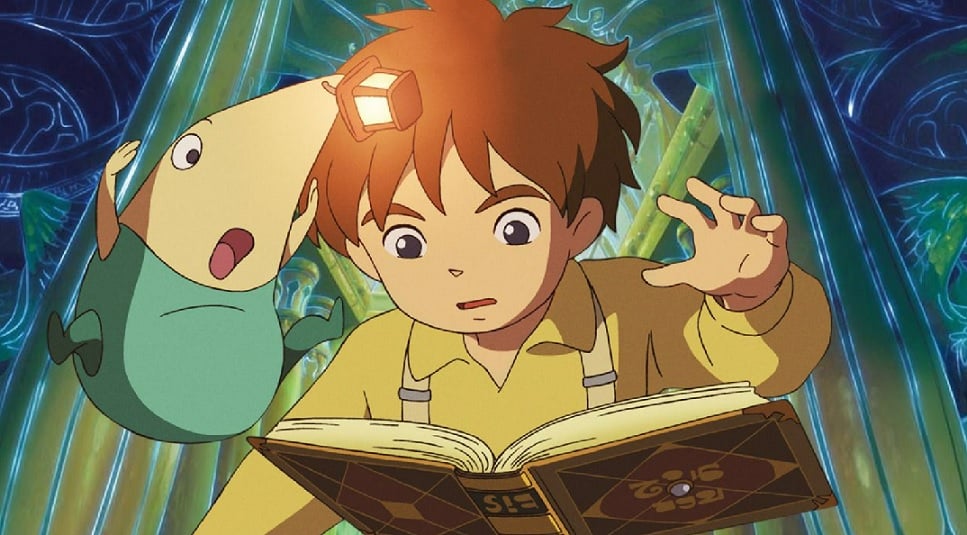
“Through this program, I hope many of you will get to soar to the global stage as game developers. While I am also actively working as a developer, I’ve recently found myself thinking that AI technology is encroaching upon the creative world.
Currently, around 80~90% of codes are written by AI and then fixed up and finalized by human programmers. In other words, it means that right now, around 80~90% of games are made by AI.
And it does not just stop at programming – AI technology is encroaching on art, music and even game design on a large scale. Not to mention that it’s already becoming common sense in the creative world to rely on the power of AI to boost work efficiency.
That is why I believe that “aesthetic sense” is a necessary skill for game developers.”
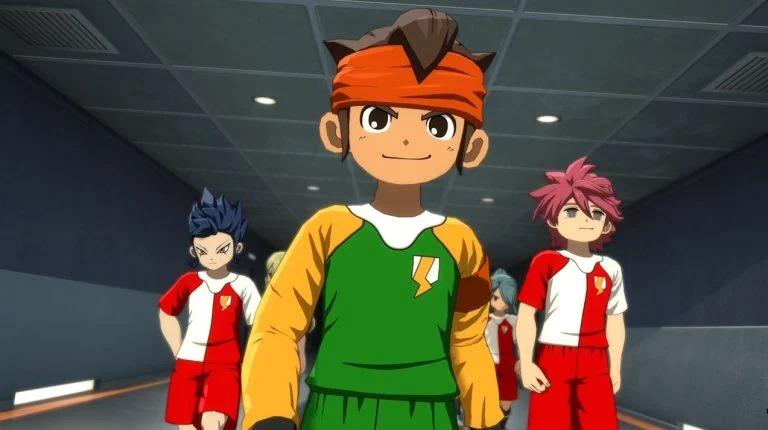
Hino points out that regardless of whether something was made by humans or by AI, it is important to be able to distinguish the good from the bad and select only the finest elements to implement in your work. He also adds that, in order to become the best in the business, up-and-coming game developers will be required to be fully proficient at using AI tools, and to use their aesthetic sense to further refine their work.
This isn’t the first time Level-5 went transparent regarding the usage of AI – asides from using Stable Diffusion for generating 2D and 3D in-game assets, they have been using ChatGPT for brainstorming characters and the text-to-speech synthesizer software VOICEVOX to generate temporary voice lines. However, as Hino explained in his speech, the AI generated elements are supposedly fixed and further refined by human devs before they are implemented.

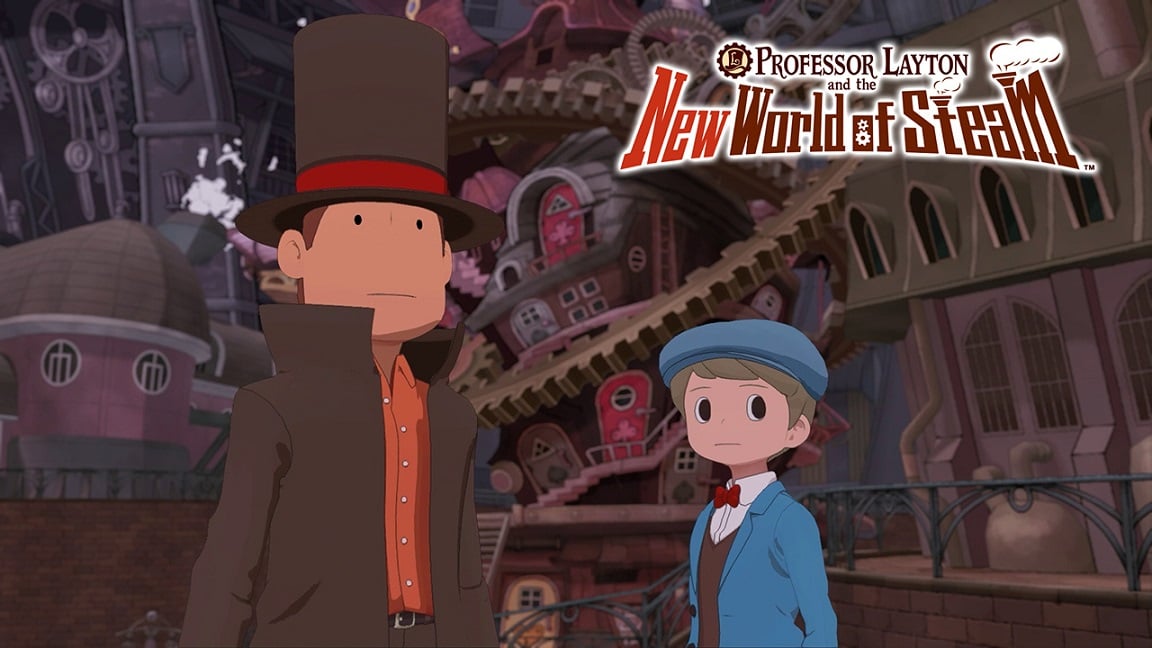

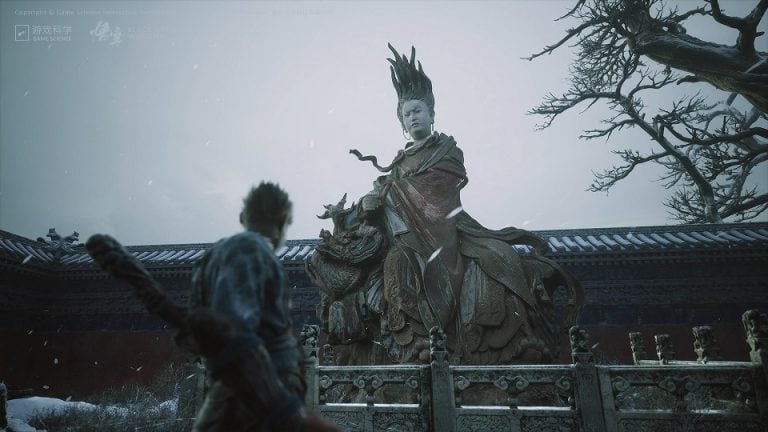
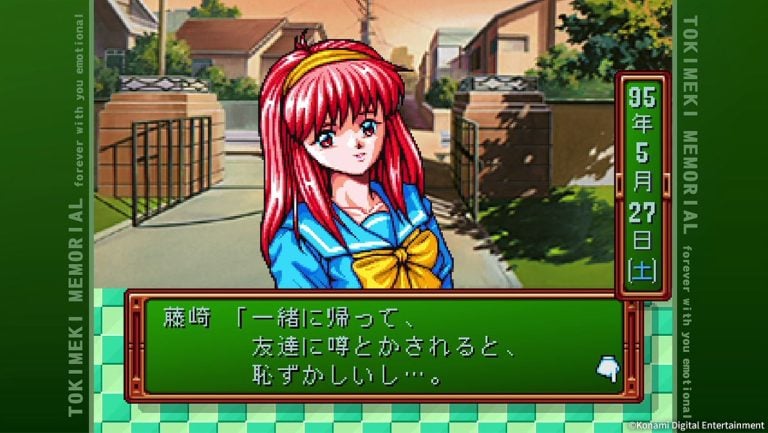
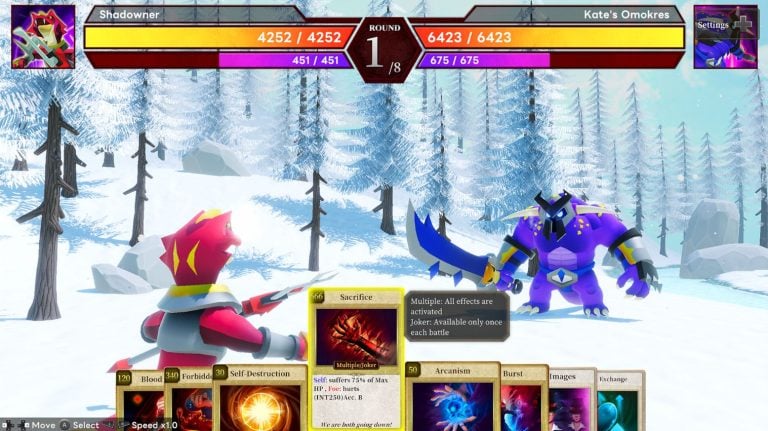
Oh man, I didn’t even notice that 85% of my job was being done by chat gpt! I could sworn I was the one still writing code to detect asymetrical border edge seams on meshes and using nearest-distance to plane equations in order to resolve broken mesh seams BUT WHAT DO I KNOW
This is sincerely disappointing and disillusioning to hear- I never put Hino or Level-5 on the same pedestal as other people; but I can’t imagine their fans will be too happy about this line of thinking.